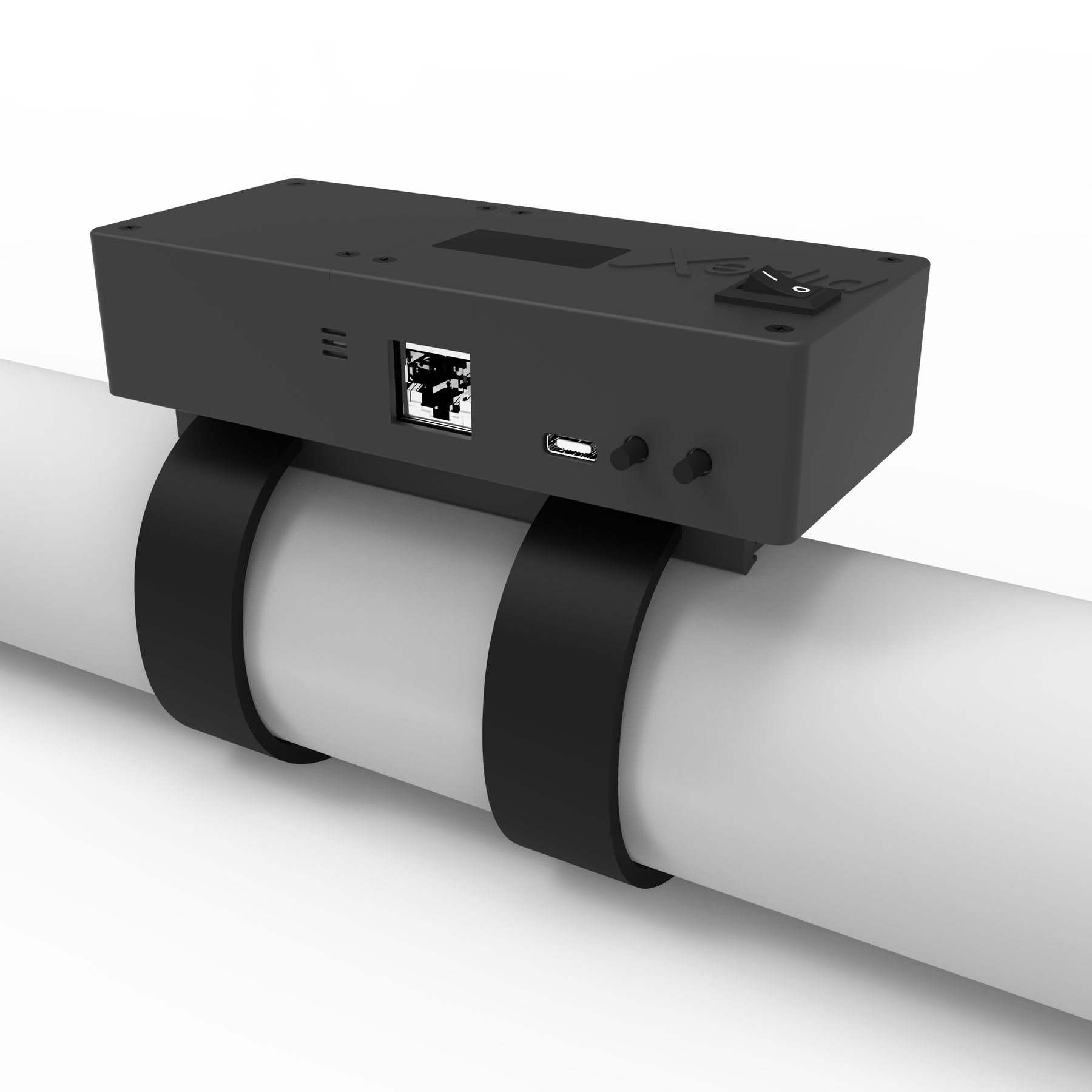Have you ever wondered just how much water a running toilet uses? This common household issue might seem minor, but its impact is anything but. The main question is, how can homeowners, real estate developers, and anyone else concerned about their water usage get a handle on this? Lets dive in and explore the ins and outs of this topic.

What Happens When a Toilet Runs?
When your toilet keeps running, it means that water is continuously flowing from the tank into the bowl. This isn’t normal and usually indicates an internal issue. It’s often caused by a problem with the flapper, float, or fill valve. The flapper may not be sealing properly, the float may be set too high, or the fill valve may be malfunctioning.
Why Its a Significant Issue
A running toilet isn’t just an annoyance; it can lead to a tremendous waste of water. According to the Environmental Protection Agency (EPA), a running toilet can waste up to 200 gallons of water per day. Over time, this adds up to a massive amount of wasted water that could have been conserved or put to better use.

How Much Water Does a Running Toilet Waste?
Understanding the numbers can help put things into perspective. If a running toilet wastes up to 200 gallons a day, that’s approximately 6,000 gallons a month. For a year, it could waste more than 72,000 gallons of water. To provide some context, the average person uses about 100 gallons of water per day for all purposes bathing, washing dishes, laundry, etc. A single running toilet can significantly impact water consumption.
Calculating the Financial Costs
Aside from the environmental impact, a running toilet can also take a toll on your wallet. The financial costs associated with wasting water can add up quickly. Lets look at an average water bill, which ranges from $1.50 to $3.00 per thousand gallons. If your toilet wastes 6,000 gallons per month, you’re looking at an additional $9 to $18 on your water bill every month. Over a year, this could mean an extra $108 to $216, which is a significant amount to lose due to a simple household issue.

Impact on Water Supply
A tremendous amount of water loss from running toilets isnt just a personal concern. On a larger scale, it can affect the community’s water supply and put unnecessary strain on local resources. Thats why its crucial for homeowners and developers to prioritize repairs and maintenance to ensure efficient water use.
Environmental Consequences
The environmental impact of water waste compounds over time. Every gallon of fresh water that is wasted through a running toilet is water that could have supported local ecosystems, agriculture, and industry. In areas experiencing drought or water shortages, every drop wasted can have severe consequences.
What Can Homeowners and Developers Do?
There are several strategies homeowners and real estate developers can adopt to minimize water waste and mitigate the issue of running toilets.
Regular Maintenance Checks
Ensure that all toilets in your properties undergo regular maintenance checks. Catching issues early on can save thousands of gallons of water and hundreds of dollars. Internal components such as flappers, floats, and fill valves should be checked and replaced as necessary.
Install Water-Saving Toilets
Consider installing toilets designed to use less water for each flush. Low-flow toilets can significantly decrease the amount of water used, making them a smart investment for both homeowners and real estate developers.
For more insights, check out our article on water conservation.
Detecting Toilet Leaks
How can you tell if your toilet is leaking? Here are some easy methods to detect a leak:
Food Coloring Test
One simple way to detect a leaking toilet is to add a few drops of food coloring to the toilet tank and wait 15-20 minutes without flushing. If the color appears in the bowl, you have a leak.
Check the Water Meter
Another way to check for leaks is to turn off all water in the house and observe the water meter. If the meter continues to move, theres a leak somewhere in your plumbing system, possibly the toilet.
Steps to Fix a Running Toilet
Fixing a running toilet can be straightforward. Here are the basic steps:
Adjust the Float
If the water level is too high in the tank, adjust the float so that it shuts off the fill valve earlier. This can often be done by bending the float arm or adjusting a screw.
Replace the Flapper
If the flapper isnt sealing properly, its usually best to replace it. Flappers are inexpensive and can be found at any hardware store.
Inspect and Clean the Fill Valve
Sometimes debris can clog the fill valve. Inspect and clean it to ensure it functions correctly. If it’s damaged, consider replacing it.
Professional Help
Don’t hesitate to call a plumber if these fixes dont work. A professional can accurately diagnose and fix the problem, ensuring no more water is wasted.
For additional tips on sustainable building, see our article on green construction and recycled materials.
Conclusion
A running toilet might not seem like a big deal at first, but its impact is far-reaching. By understanding how much water a running toilet uses and taking proactive steps to address it, homeowners and developers can save water, money, and contribute to the broader goal of water conservation.
FAQs
How much water can a running toilet waste in a month?
A running toilet can waste up to 6,000 gallons of water per month.
What are the common causes of a running toilet?
The most common causes include problems with the flapper, float, or fill valve.
Is fixing a running toilet expensive?
Fixing a running toilet is usually inexpensive, particularly when compared to the cost of wasted water over time. Basic parts like flappers and fill valves are affordable and can prevent significant water waste.
For more information on optimized water usage, you can visit public toilet safety.
As an Amazon Associate, I earn from qualifying purchases.



